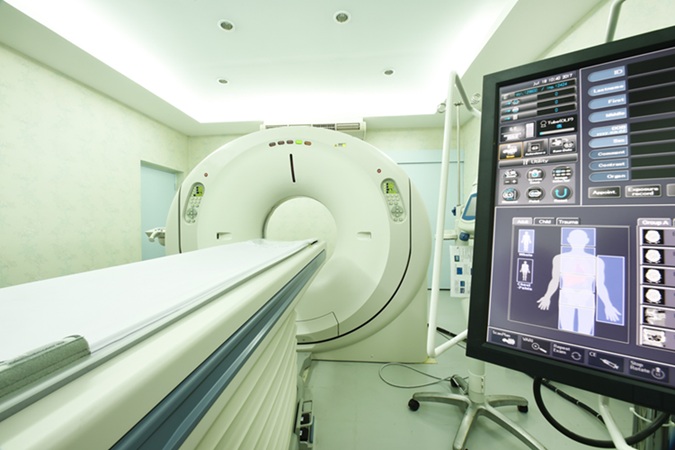Biparametric MRI Combined with AI Enhances Detection of Clinically Significant Prostate Cancer
Posted on 11 Mar 2025
Artificial intelligence (AI) technologies are transforming the way medical images are analyzed, offering unprecedented capabilities in quantitatively extracting features that go beyond traditional visual limitations. These advanced AI techniques, including machine learning and deep learning algorithms, can systematically process complex imaging data, detecting subtle patterns that may be missed by human radiologists. Now, a recent meta-analysis of 19 studies has highlighted the potential of combining biparametric magnetic resonance imaging (bpMRI) with AI for the robust detection of clinically significant prostate cancer (csPCa).
This meta-analysis, published in Academic Radiology, was performed by researchers from Zhejiang Provincial People’s Hospital (Hangzhou, China) who reviewed data from 6,286 patients. The analysis included 4,594 patients from internal validation cohorts, 795 from external validation cohorts, and 897 patients whose scans were interpreted without AI assistance by radiologists. The internal validation cohorts demonstrated an average sensitivity of 88% and specificity of 79%. For the external validation studies, the average sensitivity and specificity were 85% and 83%, respectively, as noted by the authors of the meta-analysis.

The study also found that the combination of bpMRI and AI achieved a 91% average area under the receiver operating characteristic curve (AUC) for detecting csPCa in both internal and external validation cohorts. This was a significant improvement over the 78% AUC for radiologists interpreting bpMRI without AI assistance. While bpMRI offers several advantages over multiparametric MRI (mpMRI), including shorter exam durations, cost-effectiveness, and better patient safety, the meta-analysis authors noted that its effectiveness could be hindered by morphological constraints and subjective interpretations. However, they emphasized that the integration of deep learning and machine learning could greatly enhance the ability of bpMRI to accurately characterize clinically significant prostate cancer.
“AI improves the accuracy and reliability of tumor classification by effectively extracting morphological features pertinent to PCa,” noted lead study author Guangzhao Yan, M.D. “Moreover, AI reduces the variability associated with the subjective interpretations of radiologists in conventional diagnostic practices, thus providing more objective and consistent analytical results.”














